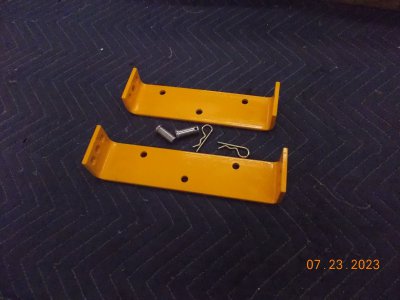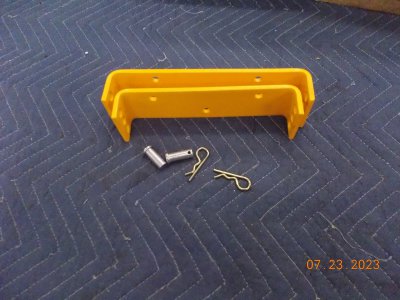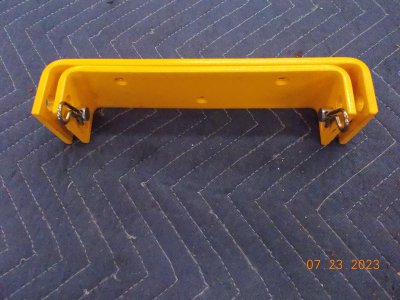- Joined
- Nov 25, 2015
- Messages
- 10,042
nicely done. I think two purposes.Needed a stand/base for the anvil... saw this video and decided to give it a try... Easy to make and I can make it in two afternoons after work.
Unfortunately, the local Lowes does not do project cuttings... only two cuts per piece... since they were out of 2x12x10', I had them cut two 2"x12"x12' into 4' pieces... I then did the rest of the cutting at home... it was late, so garage door close, fan on high... still it felt like being in a sauna... Cut to 24" since the recommendation of having the anvil face at knuckle height.
View attachment 455015
Looking at the photos, looks like I added one more piece than needed. I will remove it tomorrow before securing everything... Should have been 9 pieces instead of the 10 in the photo. The base of the anvil is only 6.5"x 9"
View attachment 455016
I will finish it tomorrow after work... forgot to buy wood glue... do not want to only use screws...
I did get some wheels... at the end, it should look something like this, but lower, the guy that made this one, is 6'3" tall:
View attachment 455017
View attachment 455018
Question: What is the chain for??
One of course to restrain it.
and also to take some of the ping out of it. The chain is loose and will absorb the sound (think tuning fork) it's loose so it can't vibrate like it would if hard... That's my story and I'm sticking to it.. but others may know for sure.









